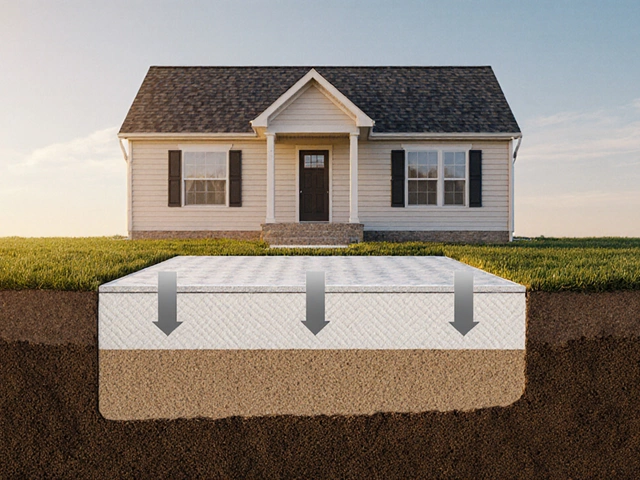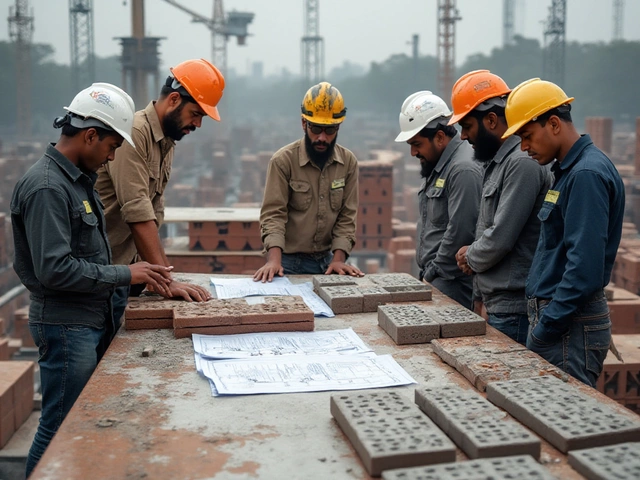Structural Problems in Buildings: Signs, Causes, and Solutions
When a building starts showing structural problems, visible failures in a building’s load-bearing system that threaten safety or stability. Also known as building integrity issues, these aren’t just cosmetic—they’re red flags that something deeper is wrong. Whether it’s a crack in your basement wall or a door that won’t close, ignoring these signs can turn a small fix into a major expense.
Structural problems often start with foundation settlement, the gradual sinking or shifting of a building’s base due to soil movement or poor support. It’s normal for a house to settle a little in its first few years, but if you see cracks wider than a quarter-inch, stair-step patterns in brick, or floors that slope noticeably, that’s not normal. These are signs your foundation is moving in ways it shouldn’t. And when the foundation moves, everything above it follows—walls crack, windows stick, doors jam. It’s all connected.
Another common cause is structural damage, physical harm to load-bearing elements like beams, columns, or load-bearing walls. This can come from water leaks rotting wood, termites eating away at supports, or even poor original construction. A cracked beam isn’t just ugly—it’s dangerous. And if you’re trying to DIY a fix without knowing what’s holding up your house, you could make it worse. That’s why knowing the difference between a hairline crack and a bad one matters. You don’t need to be an engineer, but you do need to know when to call one.
Building codes exist for a reason. They’re not suggestions—they’re safety rules written after real buildings failed. Many structural problems happen because someone skipped a step: didn’t check soil type before pouring a slab, used substandard materials, or ignored drainage. Even small changes like adding a heavy deck or removing a wall without a proper support beam can trigger collapse-level issues over time. The good news? Most structural problems are fixable—if caught early.
What you’ll find below are real stories from homeowners and builders who’ve dealt with these exact issues. From how to spot a dangerous foundation crack to why some repairs cost thousands while others are simple, you’ll get clear, no-fluff answers. No theory. No jargon. Just what works—and what doesn’t.






